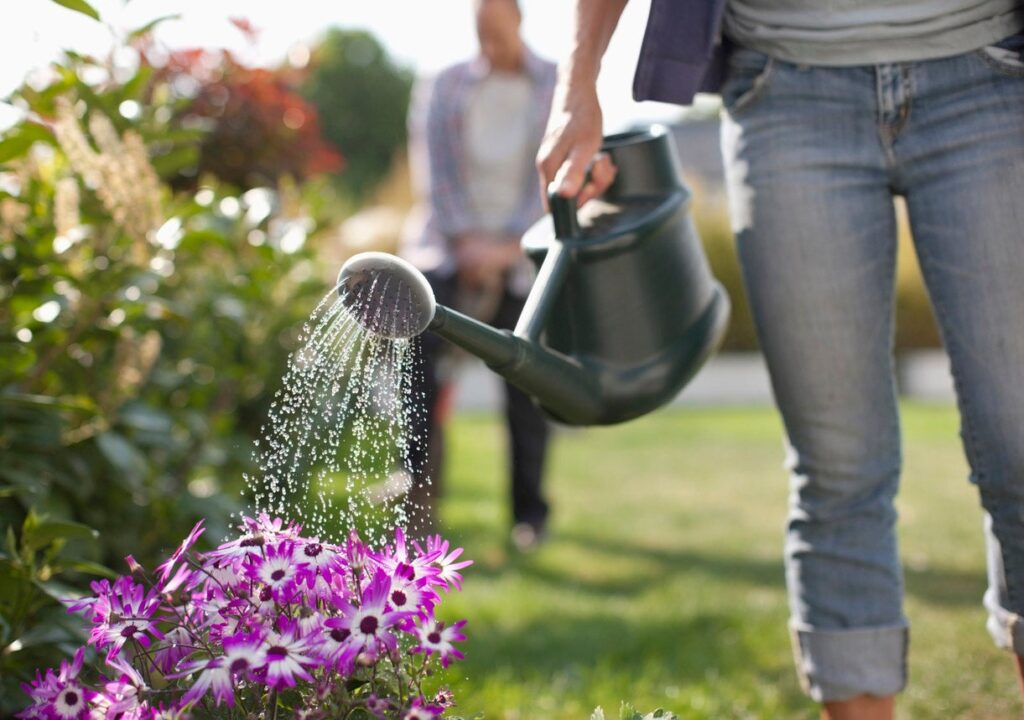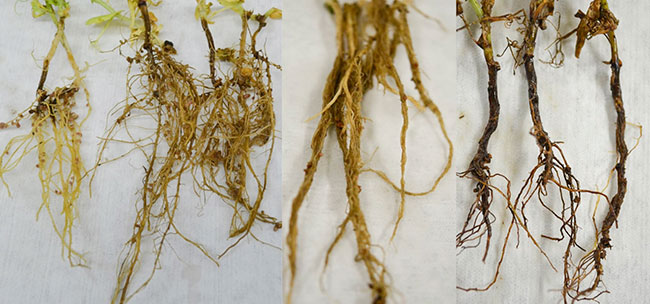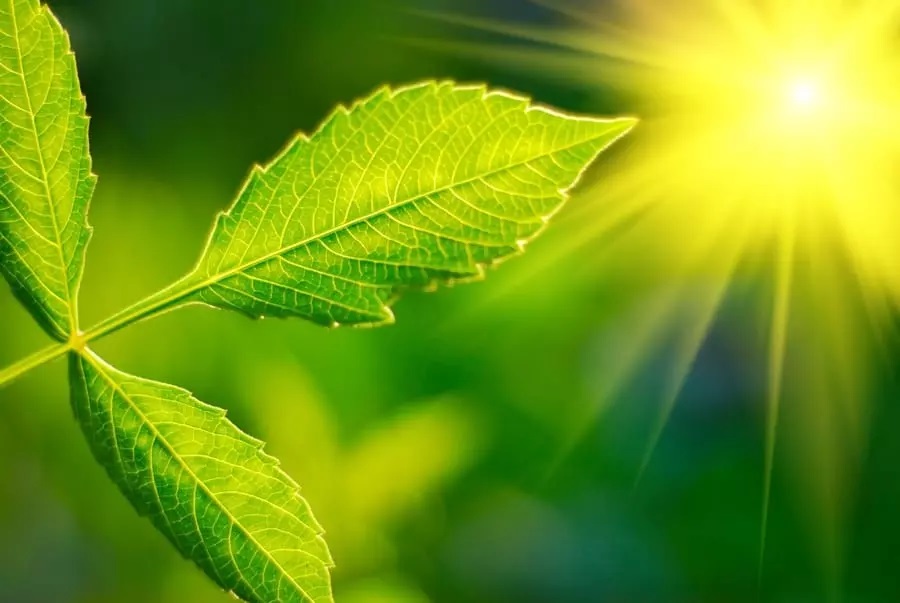Snake plants are a common evergreen indoor plant. This one is native to tropical West Africa but has gained popularity in aesthetic growers worldwide due to its air detoxification properties.
Unlike other indoor plants, this one also suffers from different survival issues. The foliage is the main beauty of the snake plant, and the problems start mainly in this part.
You might have faced the same. So if you are tired of struggling with snake plant leaf issues, you are in the right place. The plant leaves start to wrinkle because of improper watering, root rot, sun exposure, stress condition, and fertilizer burn in snake plants.
In this article, I am going to direct you on how you can fix such issues focusing on the wrinkled leaves in the Snake plant.
So, let’s jump into the details without further ado.
Why Does a Snake Plant Get Wrinkled? [Treatments]
1. Improper Watering

Excessive watering and underwatering are common mistakes done by the growers to their houseplants. Most indoor plants don’t need that much intensive care. But most of the time growers end up overwatering them.
You might have done the same thing. Mushy leaves are a common symptom of overwatering. In this case, leaf cells get elongated rupturing the normal structure.
Wrinkled and yellow leaves are a sign of water deficiency in your pot. So, it’s better to pour some.
Control Measure
Proper observation of soil is necessary for determining the watering schedule for your snake plant. Just touch the soil and you will realize whether it’s wet or not.
Normally it’s okay to water snake plants every 2-3 days. But this period may need to be minimized if the weather is too hot. Remember to water again whenever the soil is almost dry. However dried and wrinkled leaves may not be recovered, so it’s better to trim them off.
If you have accidentally overwatered your plant, try to move it in full sun condition. Keep checking the drainage hole often. If possible try to provide some space around the pot to make the path for water runoff.
It might be too late if waterlogging conditions appear. In such a case it’s better to repot your snake plant in a fresh soil mixture.
2. Root Rot

Too much watering for a longer period causes root rot in houseplants. This is a common problem in snake plants as most of the time proper watering routine is neglected.
But how can you check deep down the rots? Well, your plants may show some symptoms that will indicate it’s time to take some measures. These symptoms include wilting and droopy leaves, retarded growth, and most prominently wrinkled and distorted leaves.
There can be different forms of root rot. Not going to confuse you though. These symptoms are common in all kinds of rots which are a result of fungal attacks. Waterlogged conditions may promote such an attack.
Let’s check the treatments to save your plant.
Control Measure
First of all, check your root conditions. Dark black soft rotten parts are needed to be removed. Then you can repot your plant in unaffected soil. In most cases repotting is the best solution for such rots.
Before repotting don’t forget to sterilize the new pot to destroy any fungal growth in the future. Trim off some of the leaves for better root growth and place them in your new medium. Viola! Keep counting on better foliage.
However, this issue may come back again as fungal spores are quite active in different mediums. In such cases, soil sterilization or fungicide application is a wise choice. (our pick: Garden Safe Brand Fungicide)
Home Remedy
In case you are in need of some quick fix, I can suggest a simple trick.
#Method: Charcoal Powder
It’s an easy and effective way to solve the root rot issue. You don’t need to do much. Just dust some of the charcoal powder around the stem and you are good to go. This will soak up extra water and also work as an antifungal powder for your plant.
3. Too Much Exposure to Sun

You can’t ignore the necessity of sunlight for indoor plants. It’s also true that over-exposure can harm the foliage as they are not that much adapted to full sun.
In most cases, plants suffer from dehydration losing their natural appearance. As your snake plant is not that much hardened in sunlight it may show shivered leaves as a symptom.
Control Measure
For immediate help, you need to shift your plant to a shady place as soon as possible. This may put your plant in some relief, but here’s not the end.
Next, you need to water your plant properly to reduce the damage. It may need some time to get back to those bright leaves again, so have patience.
Here’s a bonus for you, the wet method. In this case, you have to place your snake plant pot in a bucket full of water for some time. Don’t forget to check the drainage hole as you have to let the water pass.
You can also put some mulch around your plant roots. This will retain water and help to boost the healing process due to excessive heat.
4. Stress and Shock
Stress damage mostly seen in indoor plants is due to their incapability to cope with adverse environmental conditions. Snake plant is mainly adapted to indoor shade conditions, that’s why your plant may suffer from different stress conditions.
Remember, too much sunlight brings too much heat to plants. And just like us plants are also very responsive to heat. To relieve such conditions, plants increase their transpiration rate. Apart from this, adverse environmental conditions also put them in physiological changes which affect the foliage as far as the whole plant.
Some proper management practices can help your snake plant to overcome such damages. Here I have mentioned some which will help you to delicately handle your stressed snake plant. Keep reading.
Control Measure
First of all, remove any sort of damaged plant parts. You can start with the dried and shivered ones. But don’t trim any fresh foliage as this may put your plant under more stress.
Then you have to place your plant on a cooler side. Remove it from the direct sun and put it in a shady but open place for some days. Don’t fertilize in this condition.
You need to be careful about watering also. Just some splashes are enough, don’t go overboard with watering in a stressed plant.
Last but not the least, try some growth enhancers. There are different kinds of hormones available in the market to boost up plant growth.
Preventive Measure
Some easy adaptations can skip such situations in the future. Let’s take a look if you are planning to plant some new snake plants in your space.
-Ensure proper spacing.
-Maintain soil fertility by adding some nutrients.
-Keep your soil moist by adding mulch.
These can help your plants to combat different stress conditions.
5. Fertilizer Burn
Over-fertilizing can cause fertilizer burns in houseplants like snake plants. In this case, plant leaves turn yellow with a wrinkled surface.
You may also observe some crusty layers of fertilizer on your pot soil which is a clear indication of excessive fertilizer application. However, with proper management, you can make your plant survive these conditions.
Let’s take a look at how you can deal with this.
Control Measure
A little bit of attention can help you in going back to those bright leaves. Start with removing burnt plant leaves along with the wilted ones. Then stop putting fertilizers immediately. This time your plant needs a break, so understand the needs.
Then remove the crusty layers of fertilizer and allow some watering. This will help to leach the extra salts from the fertilizers and freshen your soil. But don’t forget to check the drainage hole before doing so.
You need to wait 20-25 days more before the next fertilizer schedule. In this period if needed you can use some organic manure if necessary. Otherwise, your plants will also do good without fertilizers in this condition.
Conclusion
In this article, I have tried to put together the possible reasons and treatments of why your Snake plant can get wrinkled over time. This may help you in combating these foliage issues. Now it’s your turn to understand the exact need of your plant.
A bit more attention and some care- it’s all your plant needs. Check for any stress conditions and maintain a favorable environment for your plant and you are good to go.
Come back to us if you need further help. Our comment section is open for you. We’ll appreciate any of your suggestions. Keep growing and keep glowing mate!
